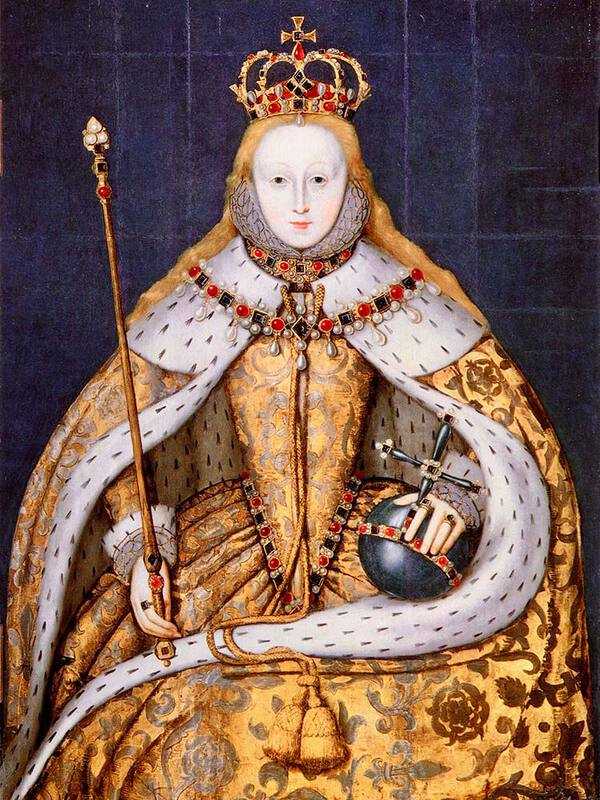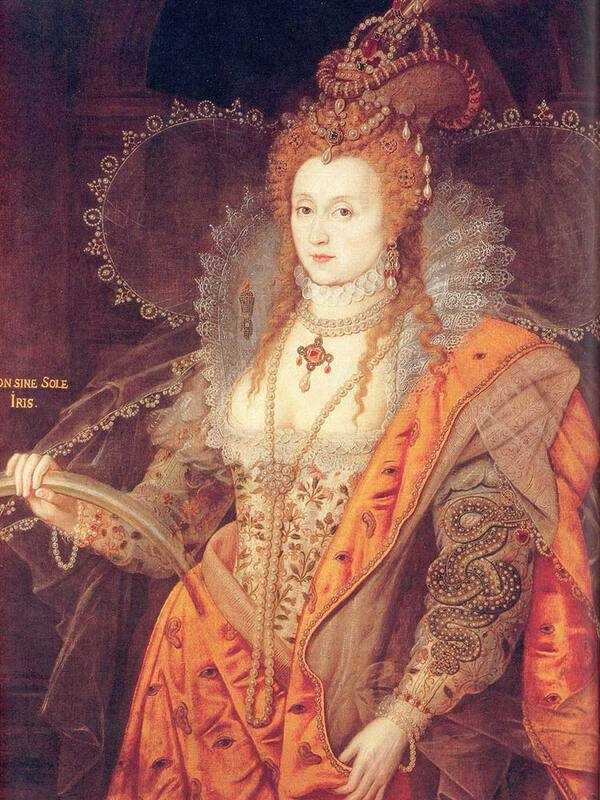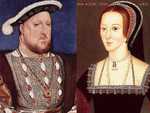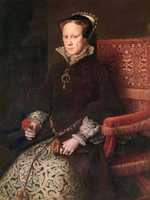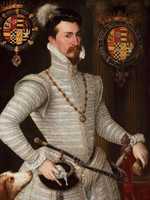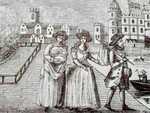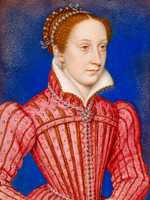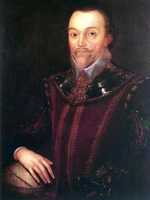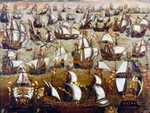1. Elizabeth I's life
Elizabeth I was born to Henry VIII and his second wife, Anne Boleyn, in 1533.
She was the heir to the throne, Henry’s previous child by Catherine of Aragon (Elizabeth's half sister, Mary) having lost her position on the annulment of Henry’s first marriage.
But things changed quickly: two and a half years later, Elizabeth’s mother was executed by Henry for treason and her parents’ marriage annulled. And then, in 1537, Jane Seymour (Henry’s third wife) gave birth to Prince Edward. Elizabeth’s claim to the throne looked precarious indeed.
Elizabeth's education
This did not prevent Elizabeth from being given a good education. She was taught French, Flemish, Italian, Spanish and Latin and has been described as one of the best-educated women of her generation. And, by 1543, Henry had warmed towards his two daughters so much that he had Parliament enact the Succession to the Crown Act 1543. This statute reinstated Mary and then Elizabeth to the line of succession, behind Edward.
Edward, Lady Jane and Mary
Henry died in 1547 and Edward VI became king at the age of nine, with decisions taken by the Regency Council whilst Edward was a minor. But Edward never reached majority, dying at the age of 15 in 1553.
Shortly before his death, the Regency Council convinced Edward to exclude Mary and Elizabeth from succeeding him in favour of Lady Jane Grey. The thinking was that Mary would reverse Edward’s religious reforms and reinstate catholic doctrine.
Jane had no popular support and reigned for a mere nine days before Mary was proclaimed queen (predictably, Lady Jane was executed). When Mary rode to London to be crowned, Elizabeth was by her side.
But the two soon fell out: Mary was a staunch catholic and Elizabeth a protestant. The next year, 1554, Queen Mary I (better known as Mary Tudor and Bloody Mary for her persecution of protestants) arrested Elizabeth on suspicion of involvement in an uprising against her and placed her under house arrest for almost a year: at times Elizabeth thought she would be executed within hours.
The two managed to reconcile, and Elizabeth was the undisputed successor on Mary’s death in 1558.
Elizabeth's reign
By comparison with the tumult that saw her accession to the throne, Elizabeth’s reign was characterised by relative peace and advancement in understanding and culture.
This was achieved by Elizabeth's
- skilful and generally tolerant handling of religious issues,
- choosing prosperity over war, and,
- deciding not to take a husband—there were, for instance, rumours that the nobility would rise against her if she married her childhood friend and favourite, Robert Dudley the Earl of Leicester, and Elizabeth at times seems to have encouraged people to think she was a virgin.
By the time of her death in 1603, Elizabeth had reigned for 44 years.
2. Religion
Elizabeth’s first major decision as queen was to re-establish the English protestant church and undo many of the changes enacted by Mary.
Elizabeth’s solution was brilliantly pragmatic. She caused Parliament to enact the Act of Supremacy of 1558, which required all those in public office to swear loyalty to her as the Supreme Governor of the Church of England. But for some considerable time she practiced religious tolerance.
This way, she did not cause unnecessary discontent at home and did not incite an invasion from abroad, all the while dissipating the power of Catholics who could not, if they refused to swear the oath of allegiance, hold important office.
3. War
Elizabeth was a superb political strategist and inspirational wartime leader
Mary Queen of Scots
The border to the north presented Elizabeth with a problem: if Mary Queen of Scots sided with the French, Scotland would be an excellent staging post for an invading army.
She brokered the 1560 Treaty of Edinburgh, which provided for the withdrawal of both French and English troops from Scotland and also recognised Elizabeth’s right to rule England. But the treaty was signed in Mary’s absence, and she later refused to ratify it.
Fortunately for Elizabeth, Mary made a string of bad decisions which led to her renouncing the Scottish throne in 1567 in favour of her one-year old son and fleeing to England. Elizabeth seized the opportunity: Mary was held under house arrest for almost 19 years and eventually found guilty of treason and executed in Fortheringhay Castle in 1587.
The Spanish Armada
Further afield, Elizabeth’s strategy was to rely on naval power. Sir Francis Drake was responsible for successful attacks on the Spanish fleet in the Caribbean and Cadiz between 1585 and 1587. Drake was again pressed into action when the Spanish Armada was launched in 1588.
The Spanish plan was for the Armada to provide cover for the ferrying of up to 55,000 soldiers from the Spanish Netherlands to London. But a combination of bad weather, poor tactical decisions by the Duke of Medina and dogged defence led by Drake forced the Armada into the North Sea. The fleet suffered heavy losses as it sailed around Scotland and to the west of Ireland in an attempt to return to Spain.
When the attack seemed imminent, Elizabeth gave her most famous speech at Tilbury. She said:
“I know I have the body but of a weak and feeble woman, but I have the heart and stomach of a king, and of a King of England too, and think foul scorn that Parma or Spain, or any Prince of Europe should dare to invade the borders of my realm.”
It is fair to observe that not all of Elizabeth’s foreign policy was as successful. She presided over ill-equipped and unsuccessful incursions into France; was half-hearted in her support of other Protestant nations; and was ruthless in her suppression of the Irish.
4. Culture and understanding
Whilst infighting and the Queen’s advancing years led to tensions towards the end of her reign, Elizabeth’s 44 years coincided with relative peace and the advancement of culture and understanding.
In particular, the Elizabethan age (or the 'golden age') saw some of the great names in English literature (Shakespeare and Marlow first amongst them) and the exploration of the globe (by, in particular, Drake’s 1577-80 circumnavigation).
Elizabeth also presided over the formation of the East India Company in 1600, an important milestone in the establishment of the British Empire.


